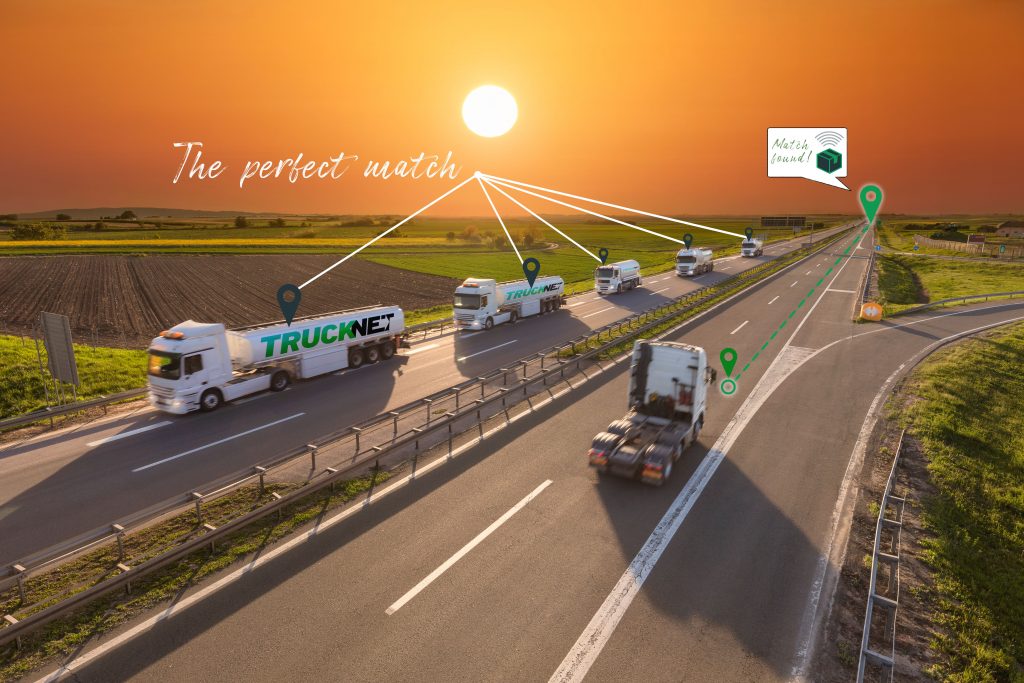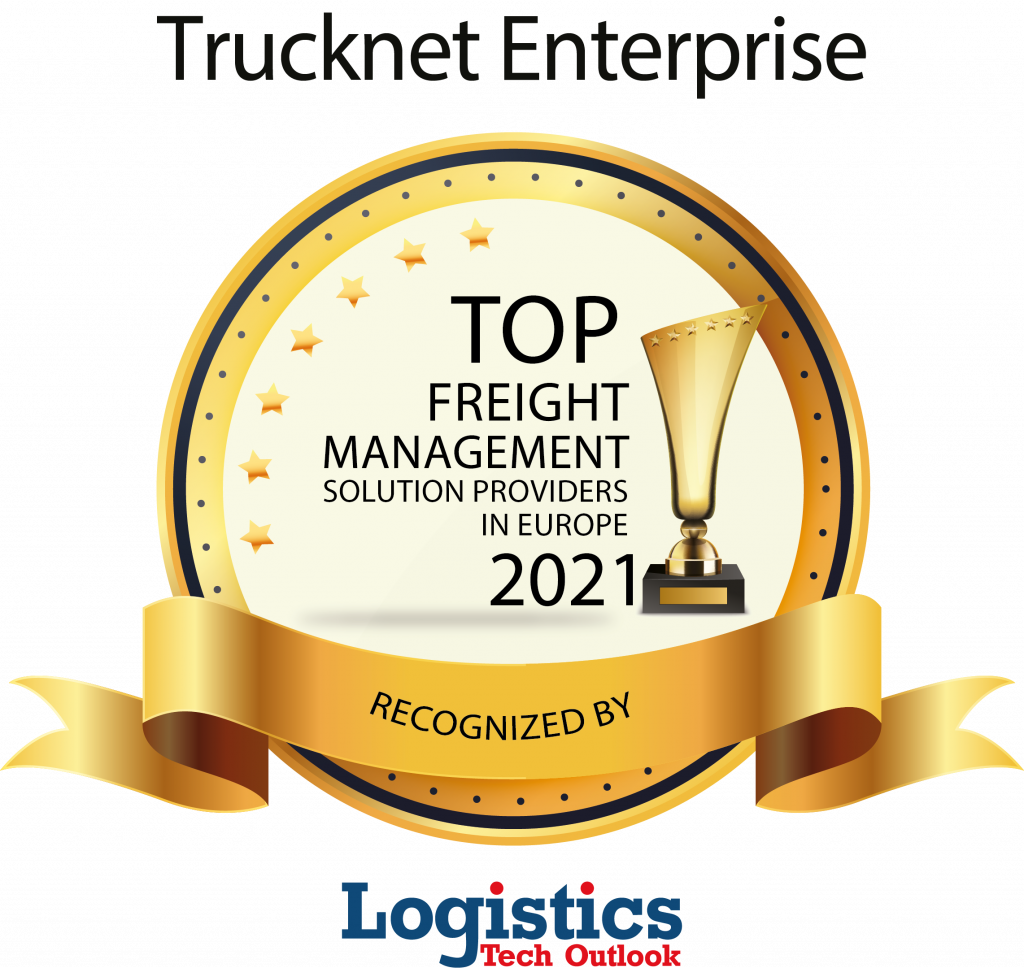Empty Miles – problems and solutions
A well-known problem in the transportation sector is when a truck runs empty, without cargo. Empty miles are also called non-revenue miles or deadhead miles.
In the United States 36% of heavy-duty trucks on the road today run empty. The Bureau of Transportation Statistics discloses that in 2019 one out of four trucks in operation in the U.S ran empty, two were almost empty and one was 51% full. In Europe, the figure is 27% and in Asia 40% of trucks run empty, according to the OECD. Statistics show that empty or partially empty trucks travel 29 million miles worldwide.
Allow me to mention that more than 20% of global greenhouse gas (GHG) emissions (fossil fuel carbon emissions hit 10 gigatons per year in 2018, or just under 37 gigatone carbon dioxide – 2018) come from the transportation and logistics industry. These emissions contribute significantly to climate change, which we can notice daily in events such as extreme heat waves, drought and wildfires, ocean warming and sea level rise, intensity and frequency of precipitation and more.
This year, 2021, has been overcome with wildfires in the USA and throughout Europe, while Turkey, Russia and Italy were especially damaged. Record rainfall across parts of Europe caused disastrous flooding in Germany, Belgium and Austria. Belgian Minister of the Interior, Ms Annelies Verlinden described the events as “one of the greatest natural disasters our country has ever known.”
For numerous transportation companies, empty miles are equal to non-revenue miles, however, many note that there are different types of empty miles. Some companies choose to run empty for 100 kilometers to pick up cargo that will bring them 5 euro/per kilometer for 1000 kilometers, then to pick up freight that is nearby for 2.5 euro/per kilometer for 500 kilometers.
As we can see from the above, there are situations in which huge amounts of wasted space are moving around from place to place in empty trucks.
Let’s examine a typical situation: truck #1 goes from point A to point B full (B is its point of unloading). At location B there is no cargo for truck #1 to pick up. The driver’s next cargo pick up is scheduled at point C.
In parallel and at the same time, truck #2 has picked up cargo from point B (at the warehouse) that needs to be unloaded at point C.
Truck #1 now has the opportunity to collect new cargo from point C and take it back to his home base at point A.
In many typical situations, we unfortunately see that truck #2 would return empty to its home base at point B.

➤ The extra costs for shippers and truckers for fuel, driver salaries per hour, wasted waiting time in warehouses and facilities; truck maintenance is an added cost.
It seems trucks running empty are more problematic for carriers, as they encounter a loss of revenue. The carrier will then have to increase the charge since these additional costs will need to be covered by the shipper, who will not be pleased. High costs for just shipping air, isn’t it?
➤ Environmental impact: this is an easy equation – more trucks on the road = more CO2 emissions released to the atmosphere.
With 20 years of experience in the logistics industry, I support the idea of using a sharing economy model and sharing resources that are able to accommodate reducing empty miles. Real situations in which empty miles are created can be very complex, our example above was quite simple. The average reliable fleet manager will not be able to juggle all the options with the tools he generally has, like: TMS, Telematics, system of fleet management. Relying on phone calls and excel spreadsheets to find all the available possibilities of optimization for reducing empty miles and saving resources will not be sufficient. External digital sources are necessary to assist the fleet manager optimize his fleets, and this is what Trucknet’s platform with the perfect match can offer.
A good example can be seen from a pilot project we carried out with the Renault Group during October 2020. A connection was made to their bid system that tenders each work order. Through the system, contractors were identified on the basis of their location in relation to Renault’s requests. The pilot proved that connection to Trucknet’s platform led to improvement in the efficiency and profitability of logistics services by 17%. In addition, it brought savings of up to 115,000 euros in two weeks for 268 trips out of a total of 371 (68% success rate). With the pilot with Group La Post we saved 20%.
✚ Avoid simply booking the cargo delivery; at the same time provide options for backhaul cargo that would ensure revenue-generating loads; avoid freight consolidation centers and create direct deliveries.
✚ Collaborate/consolidate: partial truckloads on similar delivery routes can be combined and loaded onto one truck. Another example is reverse logistics when goods are moved from a final destination back to the seller and returned in pallets, containers or cardboard packages.
Today, many companies still use in-house fleet management. In order to optimize large amounts of data, a revolution in the logistics industry is needed for changing behavior. Together we can change the conventional work model and create an efficient marketplace.
Trucknet provides AI, BI, ML based technology necessary for the entire supply chain. Our data system promises a solution for empty miles, savings in fuel costs as well as reductions in GHG emissions. The transition from in-house operations towards cross-company collaboration is essential.
I believe that the Trucknet solution is a stepping stone on the way to decarbonizing the freight sector. Here we address avenues for avoiding unnecessary empty miles. However, it is clear that we must be more involved in the global problem and not stand on the side. The key solution remains the same – creating an interconnected global community where transport providers and carriers ‘live’ and communicate in one ecosystem based on connectivity.

“When we talk about ‘smart transportation,’ it is more than moving cargo from A to B. Digitization within transport and logistics means seamless service to our customers, visibility in the supply chain, and driving a more efficient business.”
Søren Skou, CEO of A.P. Møller – Mærsk A/S



